Isle Royale Wolf Population Augmentation: A Dream or a Nightmare.
If you submitted a comment in support of introducing more wolves into the Isle Royale ecosystem, please take a few minutes out of your day to read this.
Many wolves lives will be traumatically altered now that the Park Service has announced its decision to add 20 to 30 wolves to the island. What I share with you here on this page, is what the wolves will be subjected to, directly, or indirectly. The wolves selected for relocation to Isle Royale will be separated from family and pups.
Before I begin, I would like to point out that there are approximately 1,600 moose inhabiting Isle Royale presently (the highest count was 2,500 individuals in 1966). Climate warming is affecting this iconic cold adapted species (the moose are physically shrinking and living shorter lives), as is an astounding number of ticks at one time. Thanks to global warming, one animal which typically can get 30,000 ticks in normal fall weather conditions, now contends with as many as 160,000 ticks during warmer winters and in years with a late first snowfall. The eventual result for heavily tick infested moose is malnutrition and death; a high number of ticks is “almost a death sentence” for calves because they can lose their entire blood supply over just a few months. Climate change magnifies the tick problem because the pests live longer and reproduce in greater numbers if there’s less snow on the ground by spring. Add 30 wolves to the scenario (predating on approximately 10 moose each, yearly), factor in death from illness or disease, or *severe weather, I hardly imagine that this prime food source for the wolves will survive for longer than 4 or 5 years. However, my aim is to focus on the wolves alone with this post; the moose and ecosystem of the island will not be discussed further here. More information on this topic can be found here.
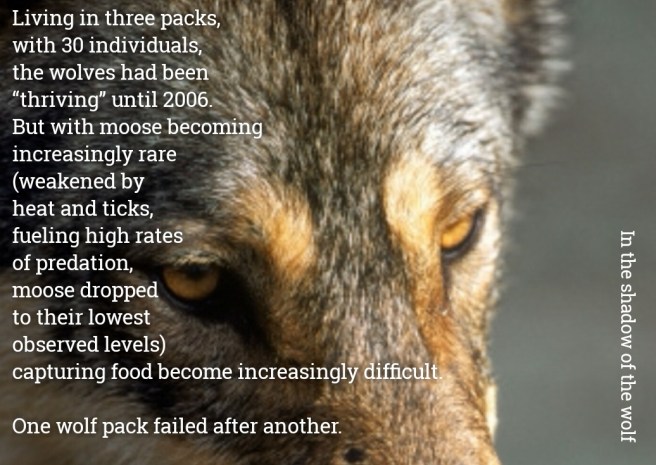
Onward. The following information has been extracted from technical input regarding options for bringing wolves to Isle Royale, and can be accessed here. I chose to only include answers which are most disturbing to me, and highly recommended that you read the report in its entirety which, again, can be found here, or can be downloaded from the EIS draft. Statements/comments italicized and in brackets are mine.
The compiled answers to each answer are delineated by the abbreviated name of each Subject Matter Expert listed below:


Pros and cons of the best time of year to obtain source wolves:
(AW) Cons for trapping and collaring in late summer/early fall include: greater mobility and naïve nature of pups may result in high capture rates of non-target individuals that may need to be tranquilized and removed from traps.
(RP) I think there is considerable flexibility here, especially during the open water season (May-October), when there are abundant moose calves and beaver available. Ideally, perhaps late summer would be the best time, as there would be zero probability of escaping across an ice bridge. (May is pup season; the pack would be devastated by the loss of an alpha member.)
(Again, AW) Late summer and fall would be good times for capturing wolves. Some pros would include adult wolves less critical to pup survival by late summer. In spring and early summer presence of adults in a pack will improve pup survival. While the parents are most critical, other adults can also contribute to pup survival. Late summer and early fall wolves are still using rendezvous sites, which should improve trapping success to later in fall as the pack becomes more nomadic. Trapping efforts that include foot-hold traps have less chance of freezing toes.
Obtaining wolves for reintroduction; where should the source wolves be obtained:
(RP) Multiple source populations within a radius of a couple hundred km would be appropriate, but not necessary. I would defer to geneticists’ opinion, but I would think, e.g., 10 wolves captured at random from several packs even within an area spanning tens of km would comprise an adequate level of genetic diversity.
(TV) Given the likely population size and the relative isolation of the Island from the mainland, managers should consider that loss or even rapid loss of genetic diversity is simply inevitable (inbreeding). This issue will likely become more and more important as human development increases on Lake Superior’s north shore and climate change reduces the frequency of ice cover between the mainland and the island. Hence, my opinion is that it is not worth the added complication of selecting founders from different populations (which may risk outbreeding depression). I would select founders from various packs in north central Ontario.

Obtaining wolves for reintroduction; where should the source wolves be obtained (continued):
(RW) To maximize variation, this
founding population should be near carrying capacity and be demographically similar to the age
structure found in a natural non-harvested wolf population. A large founding population would delay inbreeding problems beyond the EIS period. (ie., after the 20 year EIS period, inbreeding will be evident, yet this does not seem to be a concern for Robert Wayne)
(AW) Removals should be spread throughout the region to avoid capture of closely related individuals. Wolves or wolf packs that have been involved in pet or livestock depredation are probably less desirable for reintroduction.
(Also AW) Attempts should be made to capture no more than one yearling or adult wolf from source packs, and attempt capture of other individuals at least distance of one pack territory from packs where a wolf has been removed.

Pre-release care or treatment should wolves receive and health-related concerns during translocation:
(BP) The greatest stress to the wolves will come from being restrained and kept in captivity. Wolves should be hobbled, blind-folded and administered a long acting tranquilizer such as Clopixol-Acuphase, then released as a pack on the island as soon as possible.
(TR) Animals should be screened for
canine parvovirus and canine distemper. Animals with one or both of these diseases should be excluded from translocation. (No mention of what will become of wolves which are not “up to snuff,” I assume that they will be released)
(RP) Of primary importance is elimination through vaccination or drug therapy diseases and
parasites. Note Isle Royale wolves currently lack Taenia krabbei and mange, and it would very important to not inadvertently introduce problematical diseases and parasites.
(TV) Pre-release, wolves should be well fed and hydrated, trap-related injuries (feet, toes, teeth) should be treated by a competent veterinarian.
(AW) All captured wolves should be treated for any injuries and vaccinated for common canid disease. Holding pens should be adequate to allow wolves to move about.
(AW) Hypothermia and hyperthermia after being tranquilized are always concerns for translocating wolves. Conditions of temperature and weather extremes should be avoided. Areas to hold wolves should generally be at least 20-25 m2 if held for several weeks.
Pros and cons of a soft release versus a hard release approach (ie., delayed versus immediate):
(BP) I recommend a hard release because this will minimize chances of habituation and minimize stress to the wolves while being logistically easier for the NPS and further recommend capture and release during early winter. Hunting and travel conditions on the island should be good at this time of year and any pups left “orphaned” from the source pack captures should be reasonably self-sufficient by this time.
Any pups left “orphaned” from the source pack captures should be reasonably self-sufficient by this time.
(TV) Soft releases are recommended to offset the homing tendency of translocated wolves (Bradley et al. 2005).
(RP) I favor hard release, regardless of season. Logistical considerations dictate that soft-release, particularly in winter, would be rather difficult.
A pair, especially if they have
had pups, may be more tenacious in trying to return to their home territory once the lake freezes over. Wolves have also been known to swim as far as 13 km to islands in coastal British Columbia (Darimont and Paquet 2002) and some might initially attempt to return to shore from Isle Royale. – Adrian Wydeven (learn more about “wandering wolves” here.)
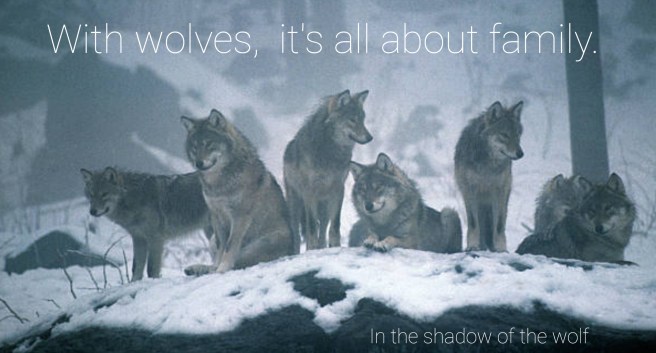
Should members of the current resident population of wolves be removed from the island before the introduction of new wolves due to
their poor genetic health/What are the pros and cons of retaining these wolves or removing these wolves:
(That is correct, there was a discussion as to “what to do” with the resident wolves.)
(BP) Potentially, but it seems unlikely that any of the current residents would have the opportunity to breed if intact pack(s) were introduced to the island. Removing these wolves prior to reintroduction would be a further deviation from the “let natural processes and events govern.” (Seriously, we are so very far from any form of natural processes on Isle Royale that the island should be called a laboratory.)
(RP) Removing resident wolves would be logistically extremely difficult, would be a public-relations disaster.
(DP) I would still wait until they died prior to a reintroduction. I believe it would be very likely that the first thing the new Isle Royale wolves would do would be to kill the existing wolves.
(TR) The pro side [removing resident wolves] is that you would eliminate deleterious alleles from the population.
(TV) Killing the resident wolves would be a public relations disaster for the park and should be avoided. If park managers want to prevent residents from breeding, a more benign technique would be to capture the few residents and sterilize them.
(RW) The remaining wolves could be removed or sterilized and kept in place.
Pros and cons of providing dead prey during the initial release phase:
(AW) Providing dead carcasses near release sites would likely encourage wolves to habituate near specific areas, and help supply food after the stress of capture, captivity and transport.
(TV) The advantage associated with providing dead prey during the initial release is that this is a continuation of soft-release techniques and would likely help offset wolf homing tendency (Bradley et al. 2005).
(JV) The “con” associated with providing dead prey during the initial release phase is an increased risk of wolves associating food with people. It is, I believe, quite difficult to quantify the risk of this outcome. The “pro” associated with providing dead prey is that it might increase the
survival rate of translocated wolves during the first few weeks of presence on Isle Royale. Because wild wolves are capable predators, the survival rate of released wolves might be plenty high enough without food provisions.
(AW) Providing carcasses may cause wolves to become more habituated. Carcasses obtained by shooting could risk lead poisoning to wolves and scavengers unless non-lead bullets are used.
(Again, JV) At the same time, other considerations suggest that a boost to survival rate might be valuable. This would be suggested possibly by considering the life history of dispersing wolves and recognizing that not all wolves are equal in their capacity to lead a kill of large prey.
An additional consideration would be to release wolves on Isle Royale shortly after moose calves are born. Moose calves are relatively easy prey to capture.
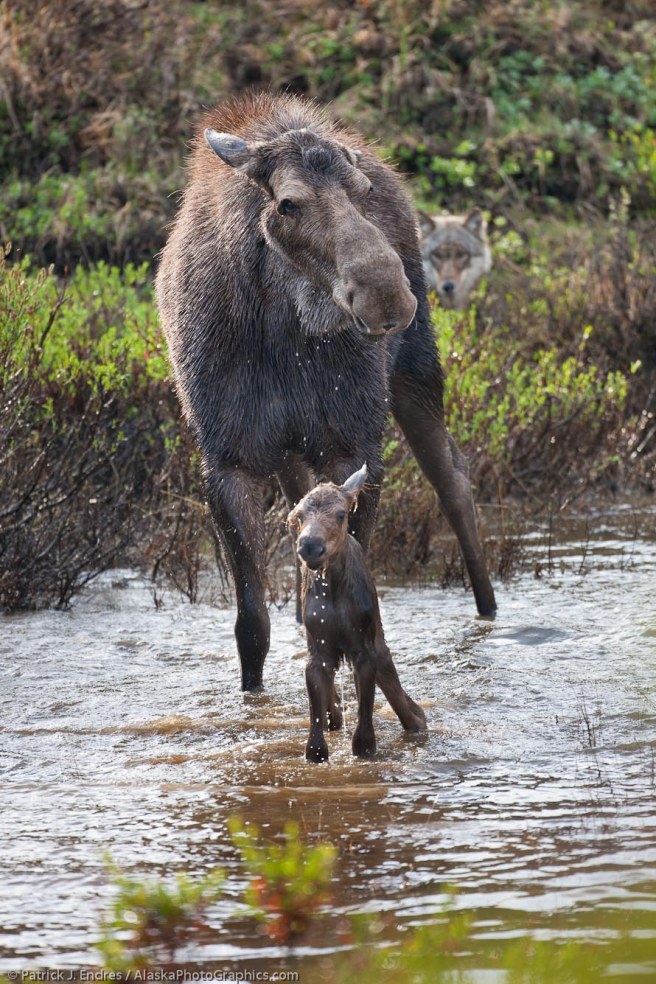
If 10 wolves were introduced, they would do considerable
sorting amongst themselves, and it should be expected that some will fail (die or be killed by other wolves) and some will reproduce. I don’t think it would be useful to try to engineer the specific outcomes in terms of individual wolves. Make sure there is an ample number of healthy adults introduced, male and female, and then stand back and let the wolves figure it out. -Rolf Peterson
Enough. It is not my intention to share the entire 71 page report on this blog post, and highly recommended that you read the discussion in its entirety which, again, can be found here, or can be downloaded from the EIS draft.
I would like to think that many wolf advocates who supported sourcing wolves for Isle Royale did not read this technical report prior to commenting on the EIS draft. How could any “wolf lover” possibly think that this is a “good idea” or that, in some way, this proposal will be “saving wolves.” Bottom line – 20 to 30 wolves lives will be transformed permanently. Wolves will be trapped, or darted and netted via helicopter. Many wolves will be injured, some will be gravely injured; some will live, some will die, the majority will be torn from family members permanently.
Certainly, all will be traumatized.
Again, I must point out that the 1,600 or so moose presently inhabiting Isle Royale, feeling the effects of climate change, can easily be devoured by a couple of dozen wolves and their offspring and “wink out” leaving the wolves without a key, primary food source (again). At that point, in the not too distant future, history will repeat, the island wolves will suffer, and quite possibly become “Rolf.”
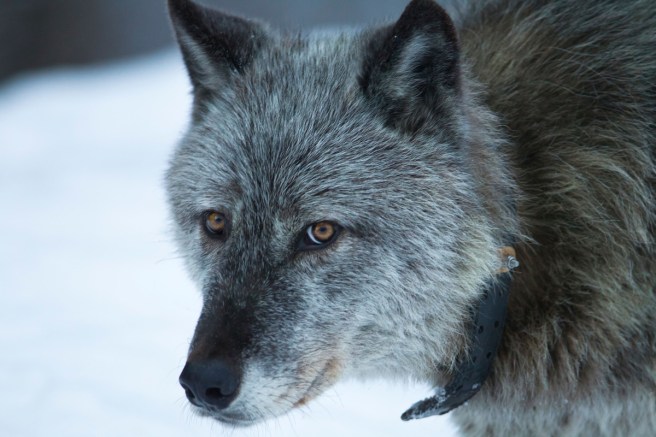
We encourage you to share your thoughts as they relate to the topic above, but we expect comments generally to be courteous. To that end we have established this commenting policy.
* The moose population nearly tripled to almost 2,400 individuals by 1996. During the winter of 1996, lack of forage for the moose, an outbreak of moose ticks, and severe winter all conspired against the moose. The winter had been more severe than any in over a century. The moose population collapsed from it’s all-time high to just 500 moose (13th paragraph).
Thoughtful Greetings and Stationary – Tap image for information
Copyright © 2018 [COPYRIGHT Intheshadowofthewolf]. All Rights Reserved.
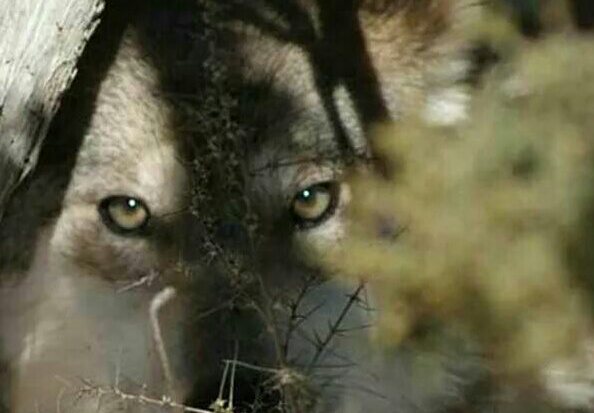
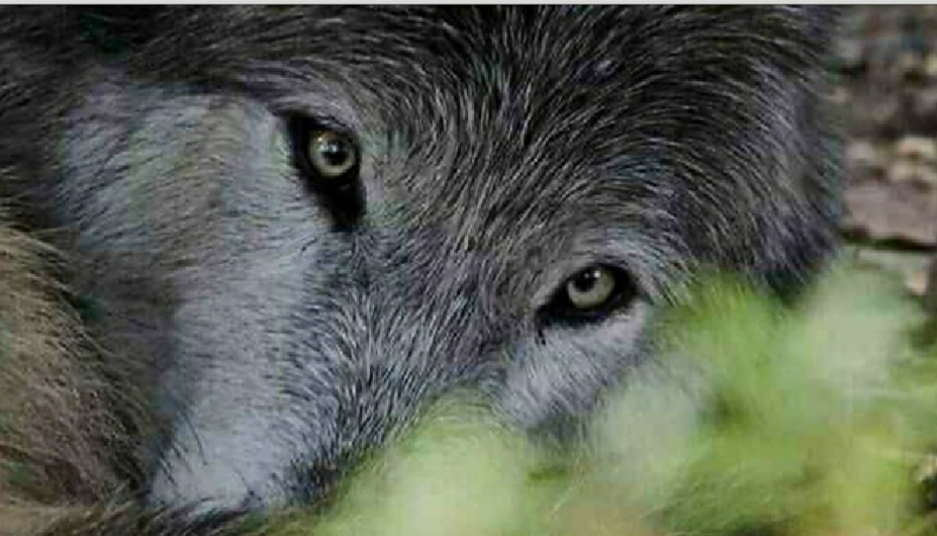

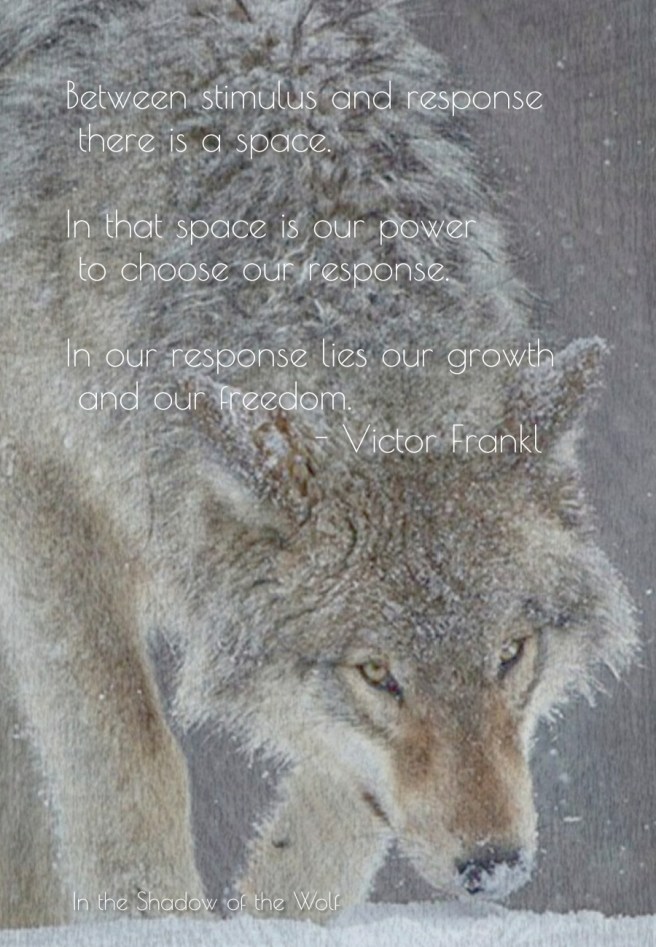
You must be logged in to post a comment.